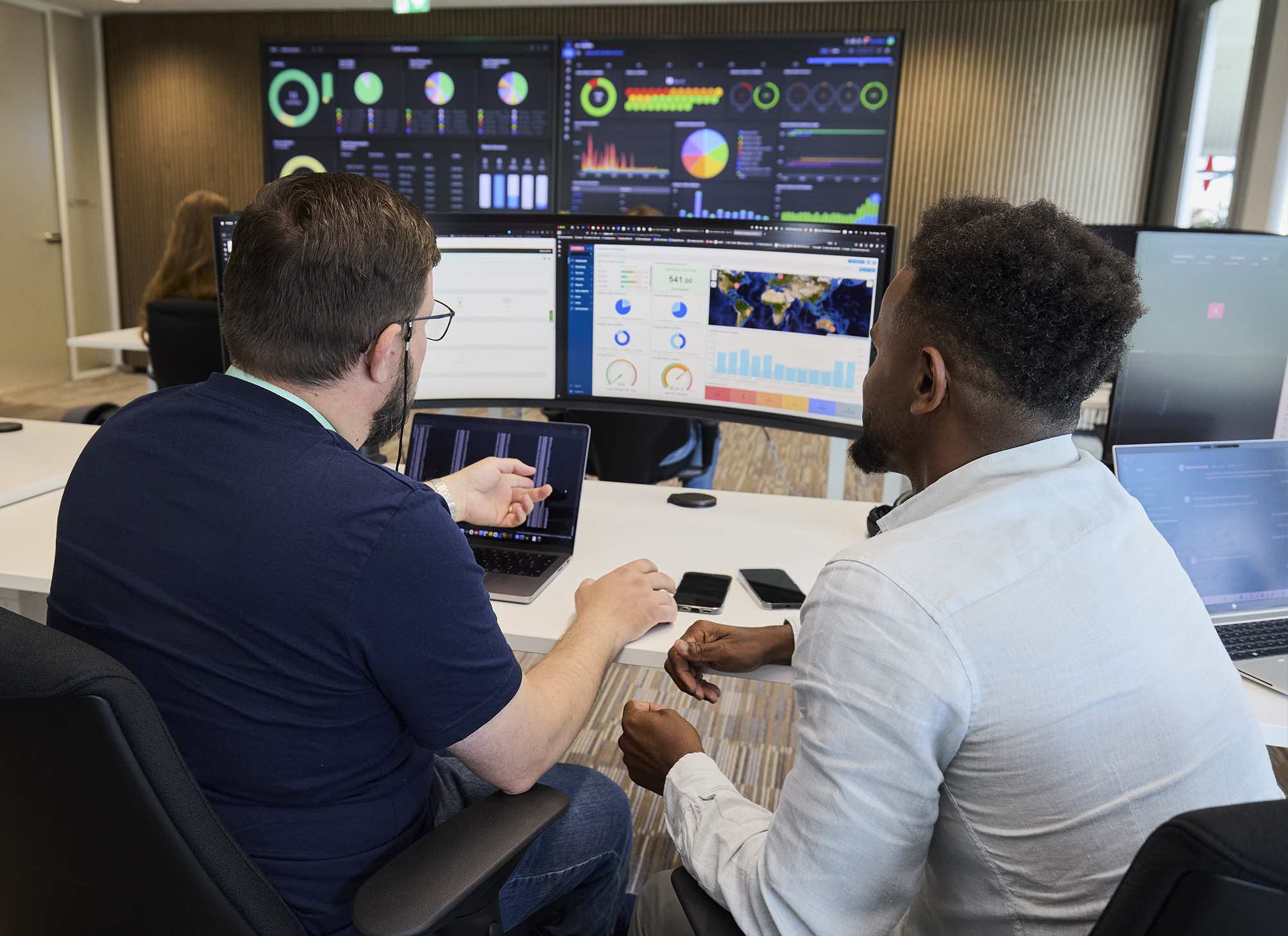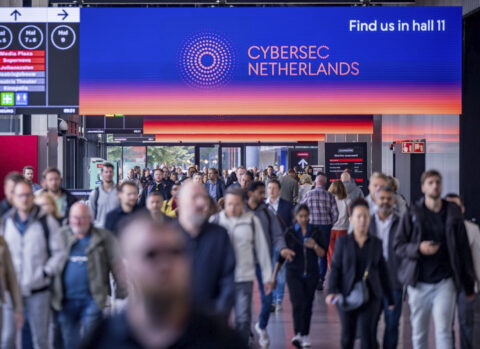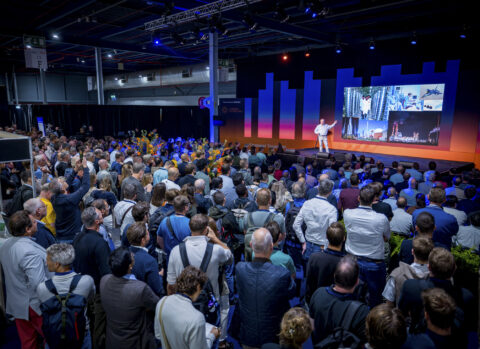Defending Against Machine-Driven Attacks
Machine-driven cyberattacks are faster and harder to detect than traditional threats. Defense requires more than isolated tools: it calls for a layered strategy combining technology, governance, and people. Below are the key layers that together reduce both risk and impact.
How do you tackle machine-driven attacks?
Effective defense requires technology, processes, people, and continuous testing. No single measure is sufficient on its own. The five areas below highlight where organizations should focus in order to build a defense resilient to automated, fast-moving threats.
1. Technological Defense: Automation and AI-Driven Security
Technology is the foundation of modern cybersecurity. Automated tools and AI often detect and neutralize threats before they cause damage. Key components include:
-
Adaptive Threat Intelligence: Keep defenses updated with the latest attack techniques and IoCs. This enables systems to block known threats and quickly adapt.
-
Behavioral Analysis and Anomaly Detection: AI tools continuously monitor network traffic, learn normal behavior, and flag deviations that may signal a breach. Alerts are sent directly to the SOC team for swift action.
-
Automated Incident Response (SOAR): Security Orchestration, Automation, and Response (SOAR) platforms automate common response actions through playbooks. Combined with threat intelligence, they can contain attacks within seconds.
-
Zero Trust Architecture: Verify every user, device, and application before granting access. This reduces entry points and prevents lateral movement.
-
Advanced Endpoint Detection and Response (EDR): EDR tools monitor endpoints for suspicious activity. With machine learning, they stop threats at the endpoint.
2. Policy and Governance: Security-First as a Principle
Technology alone will not stop machine-driven attacks. Strong policies, clear governance, and a culture where security is everyone’s responsibility are equally important. GRC must evolve with the shifting threat landscape and asset value. Key actions include:
-
Know Your Assets: You cannot protect what you don’t know (avoid Shadow IT). Maintain an up-to-date inventory of all assets: endpoints, servers, SaaS platforms, APIs, OT devices, and data. Record ownership, value, and security classification.
-
Clear, Up-to-Date Security Policies: Define policies for acceptable use, access, incident reporting, and audits. Keep them current with new threats and regulations.
-
Data Access Management: Apply the principle of least privilege. Regularly review access rights to minimize breach impact.
-
Incident Response and Recovery Plan: Prepare a tested plan with steps for containment, communication, recovery, and lessons learned. Conduct regular exercises.
-
Continuous Vulnerability Management: Scan for vulnerabilities, prioritize critical patches, and act quickly to prevent exploitation.
3. The Human Layer: Building Security Culture
Even the best technology can be undermined by human error. A well-informed, security-aware workforce adds an essential layer of defense. This starts with culture. Recommended measures:
-
Cybersecurity Awareness Training: Regularly update training, focusing on phishing and social engineering.
-
Phishing Simulations: Test employees with realistic scenarios to train recognition and reporting of suspicious emails.
-
Security as a Daily Mindset: Encourage open communication about threats and foster willingness to report them.
4. Zero Trust Across the Entire Stack
Segmentation alone is not enough. A modern approach assumes zero trust: everything must be continuously verified. Key pillars:
-
Unified Zero Trust Model: Apply Zero Trust across networks, applications, data, endpoints, OT, and cloud.
-
PKI-Driven Identity & Encryption: Use strong PKI for mutual authentication. Automate certificate management.
-
Quantum-Safe Preparation: Begin migration to post-quantum cryptography and ensure crypto-agility.
-
Continuous Verification: Authorize each access request based on context and risk level.
-
Microsegmentation: Limit lateral movement by isolating workloads and systems.
-
Dynamic Access Control: Adjust permissions in real time based on behavior, device status, and threat intelligence.
5. Testing Your Resilience in Practice
Realistic testing exposes weaknesses before attackers do. Running simulations enhances preparedness for automated threats. Approach:
-
Penetration Testing: Use internal and external teams to identify vulnerabilities.
-
Red Team and Blue Team Exercises: Test response plans and close security gaps.
-
Continuous Monitoring and Logging: Leverage AI to detect anomalies early.
Building Anti-Fragility
Machine-driven attacks evolve quickly. Your defense must evolve faster. Anti-fragility means learning from every incident, test, and stress event. Combine detection, adaptive policies, Zero Trust, and a security-aware culture so that every attack makes your organization stronger.
Ready to strengthen your defense posture? Contact our security experts.
Register for free for Cybersec Netherlands 2025
As cyber attacks continue to threaten today’s tech landscape, this event is the premier platform for seasoned cyber security professionals and innovative start-ups to exchange knowledge and tackle cybersecurity challenges together. Organizations across all sectors will discover strategies to boost cyber resilience and safeguard critical assets. Don’t miss this chance to strengthen your cyber defenses.
Simultaneously with Cybersec Netherlands, the Data Expo takes place in Hall 12—the perfect spot for additional knowledge, insights, and inspiration in the field of data.












